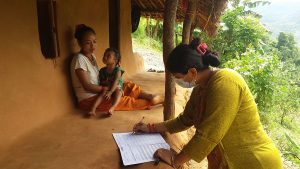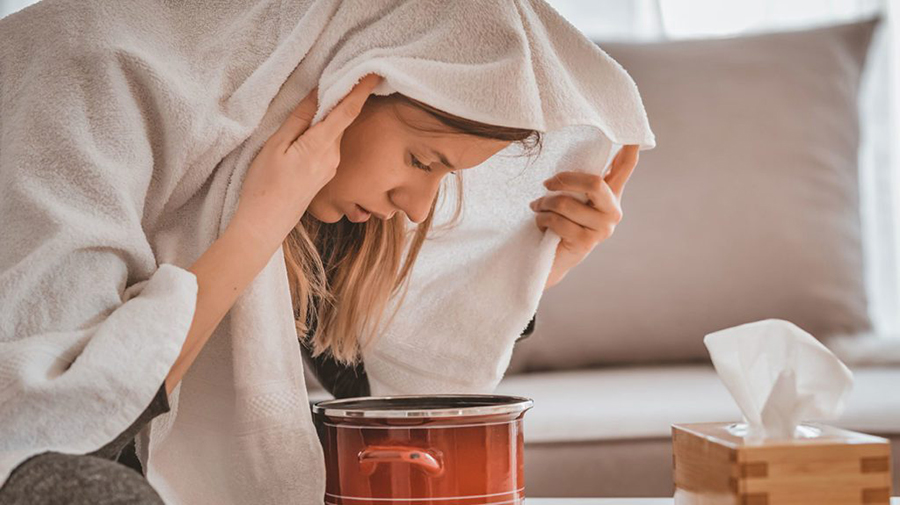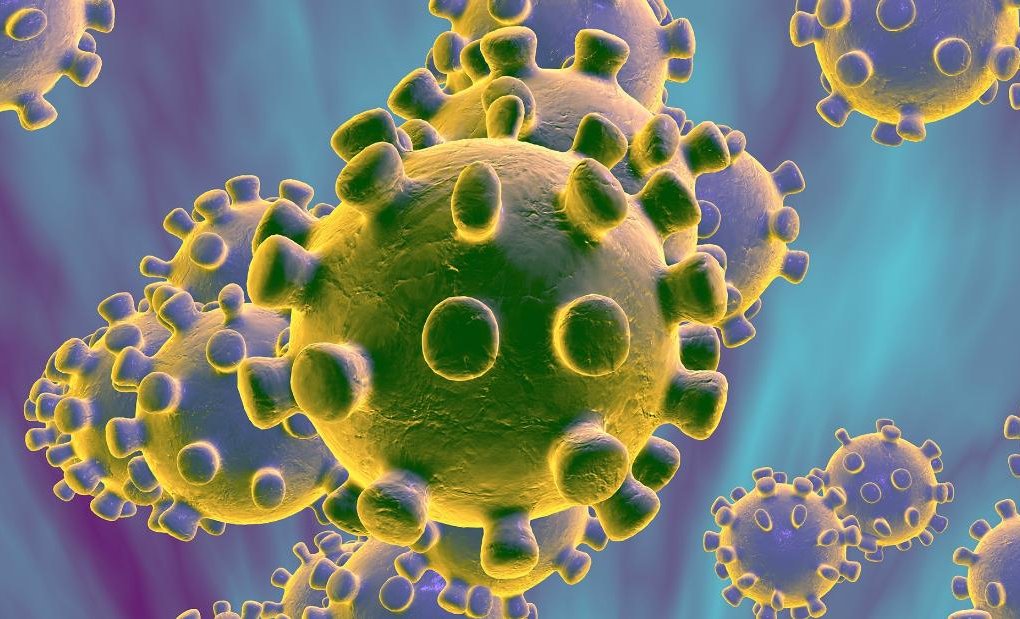
As the Nepal government lifted the lockdown, people heaved a shy of relief and many of them became insouciant. It seems like they are neglecting the catastrophic effect of Covid-19, the pandemic which is reshaping the globe. Globally, cases are rising at record levels and the world is currently facing an unprecedented healthcare crisis. One step forward, two steps back: that is the trajectory of combating this pandemic right now. The rate of infection is outpacing the increase in testing. Countries like Germany, South Korea, New Zealand, Australia, and China that had made good progress in containing the virus are now encountering new outbreaks—the second and third waves of the infection. The resurgence is a glimpse at what the new normal might look like – an eternal game of whack-a-mole in which authorities race to contain the virus as it pops up in new places. Rigorous researches are working worldwide to understand Covid-19 and how best to treat it. Many unknowns remain, but one thing is eminently clear: Covid-19 is both deadly and highly transmissible.
The Covid-19 pathogen, SARS-CoV-2, is transmitted human-to-human via virus-laden respiratory droplets released by an infected person (case) while coughing, sneezing, laughing, singing, talking and even breathing. The virus must survive that environment before being picked up by another person, who either inhales the virus in respiratory droplets or transfers the viable virus from virus-contaminated surfaces to mouth, nose or eyes by hand. SARS-CoV-2 has also been found in aerosols, the tiny droplets invisible to a naked eye, produced by cases. Aerosols easily float in the air and are sufficiently large to carry the virus. Recently, the WHO has given a nod to the transmission of Covid-19 via aerosols.
There are several factors that determine the infectivity of any pathogen, its viability, dose (quantity), exposure duration, environmental factors (humidity, heat), health condition of individuals etc. In order to get infected, you need to get exposed to an infectious dose of the virus known as the minimal infectious dose (MID). For Covid-19, the MID is still unknown and scientists have an estimate of roughly 1,000 SARS-CoV-2 particles. According to a study by the US National Institutes of Health, SARS-CoV-2 is viable up to 72 hours on stainless steel and plastic, up to four hours on copper, and up to 24 hours on cardboard. In aerosols, it is viable for three hours. Along with the viral load (how much), the duration (how long) you have been exposed to the virus is crucial for the infection. For instance, Dr Erin S Bromage, an associate professor of biology at the University of Massachusetts Dartmouth, clarifies you could get infected through 1,000 viable viral particles you receive in one breath or 100 viral particles inhaled with each breath over 10 breaths, or 10 viral particles with 100 breaths. In simplified terms:
Successful Infection= viable viral load (How much) x duration of exposure (How long)
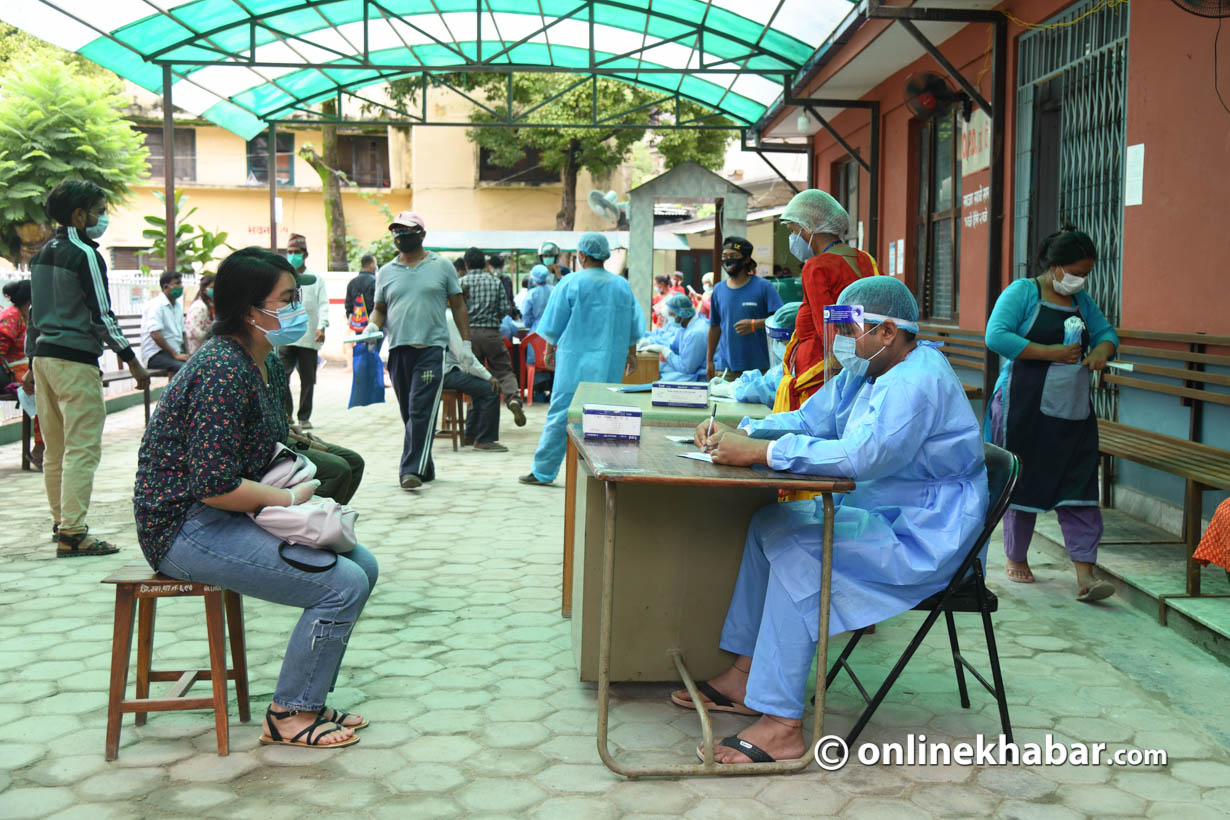
The viral load shed varies according to the action of release. A single cough releases about 3,000 droplets travelling at up to 60 miles per hour. The size of the particle and air currents affect how long they will stay in the air. Most droplets are large and fall quickly, but remaining tiny particles like aerosols and droplet nuclei can stay airborne up to three hours and can travel across a room in a few seconds. According to Dr Aruna Subramanian, an infectious diseases specialist at Stanford University, droplets from a sneeze or cough can fly up to around three feet before they drop to the ground. If the cough or sneeze is ‘very forceful’, they can go as far as six feet.
A single sneeze releases about 30,000 droplets, with droplets travelling at up to 200 miles per hour. Most droplets are small and travel great distances (easily across a room).
A single breath releases 50 to 5,000 droplets, mostly falling to the ground quickly. Unlike a sneeze or cough which releases as many as 200 million SARS-CoV-2 particles, the respiratory droplets released from breathing only contain low levels of the virus. If you are face-to-face with an infected person and he sneezes/coughs bombarding those 200 million viruses straight at you, it is pretty easy to see how it is possible to inhale 1,000 viable virus particles and get infected. Even if that cough/sneeze was not directed at you, some tiny, virus-laden, droplets can hang in the air for a few minutes, filling every corner of a modest-sized room with infectious viral particles. If you enter that room within a few minutes of the cough/sneeze and take a few breaths, you might potentially receive enough viruses to establish a successful infection. In a case with general breathing, releasing 20 viral particles per minute into the environment, even if every virus ended up in your lungs (which is very unlikely), it would take around 50 minutes (1,000 viral particles/20) to get infected.
Speaking releases approximately 200 virus particles per minute. Again, assuming every virus is inhaled, it would take around five minutes of speaking face-to-face to receive the MID. However, speaking in a loud voice increases the rate of release (up to 3,000 particles/minute) of the virus-laden particles, which in turn would increase the probability of transmission to susceptible individuals nearby.
The exposure to the virus (load) x duration can be used to assess the risk of infection in all sorts of contacts: physical, close (<6ft) or proximate (>6ft, within a closed area) contacts. According to a report, people (in a closed room) who were far away (50 ft) from the infected person, got exposed to the virus in the air for a prolonged period (hours), even a low dose of the virus in the air reaching them, over a sustained period, was enough to cause infection and in some cases, death. Factors such as the number of people around, the air space (closed indoor spaces, with limited air exchange or recycled air increase the risk of transmission whereas at outdoors, the infinite space for viral dilution reduces viral load), the direction of airflow, environmental factors also contribute to the transmission. In general, more closely a person interacts with a case and longer that interaction, higher is the risk of Covid-19 transmission. The WHO has suggested 3Cs to avoid: crowded places, close-contact settings and confined and enclosed spaces. The risk is higher in places where these 3Cs overlap. If, with an infected individual, someone spends more than 10 minutes within a face-to-face interaction or shares a closed space for an extended period, the person is potentially infected, says Dr Bromage. This can be used as the basis for contact tracing.
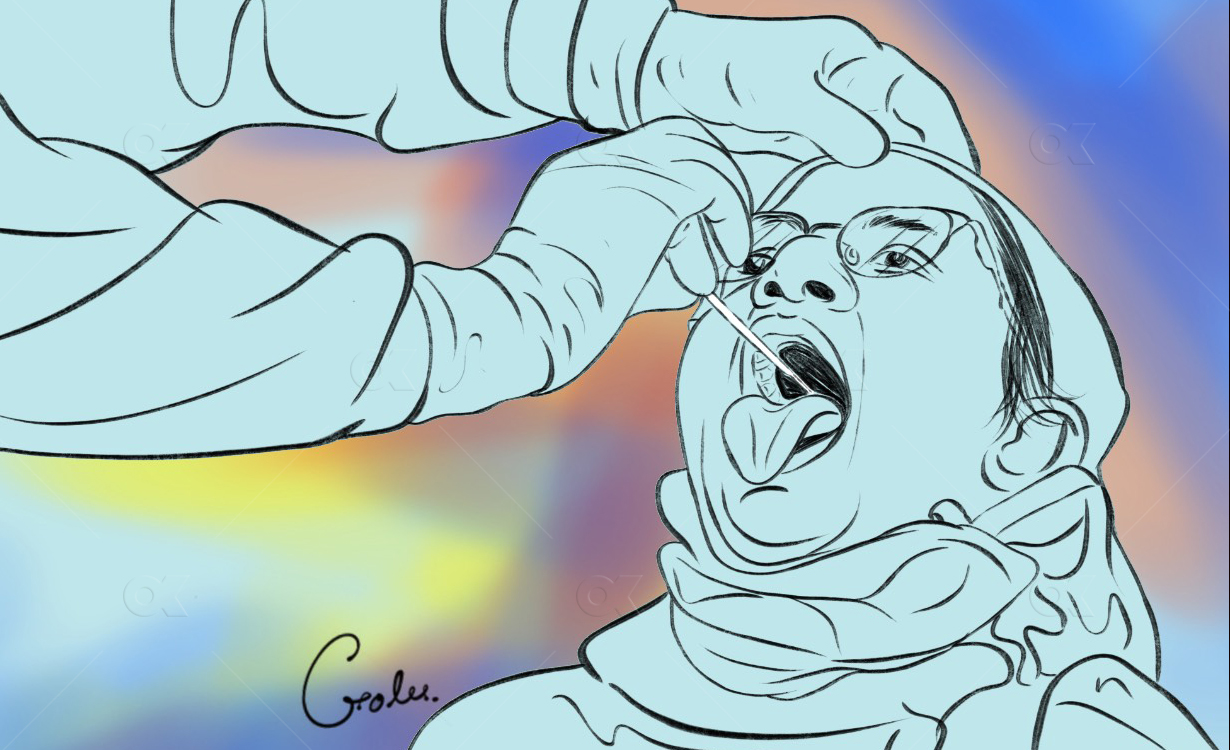
SARS-CoV-2 is highly contagious with reproduction number (R0) 2.8 which means without mitigation efforts, each infected person, infects, on average, another two to three people. Another crucial finding is, the asymptomatic people (who carry the contagious virus within themselves but do not show any signs and symptoms) are contributing to 44% of new infections. This implies, it is not just the people who are sneezing and coughing that can spread coronavirus, rather it is often people who look completely normal. That could include you or me.
With growing evidence, the overwhelming majority of people getting infected are young people who, feeling oneself safe, are out in the crowd enjoying themselves. These youth, ultimately, will infect someone who is vulnerable. The Centre for Disease Control and Prevention (CDC) has also removed the age cutoff (>65 years) associated with the elevated risk for more serious diseases. According to the CDC, the underlying conditions associated with more severe Covid-19 outcomes are obesity, hypertension, heart conditions, sickle cell disease, type 2 diabetes, and pregnancy (pregnant women are 5.4 times more likely to be hospitalised).
The viral load generally builds up to the point where the person becomes symptomatic; the case is most infectious at day 1 of symptoms, and the contagion lessens with time. The infectious period starts 48 hours prior to symptoms, making transmission even blinder. Another noteworthy point is that SARS-CoV-2 has a long incubation period – up to 14 days – giving a wide window of opportunity for people to infect others before they even know they are infected.
All the aforementioned factors indicate how deadly and infectious the Covid-19 is. The spectre of new waves of Covid-19 hangs over us. As Dr Tedros A Ghebreyesus, WHO’s Director-General, says the world is in a new and dangerous phase as the virus is still spreading fast, it is still deadly, and most people are still susceptible. The 1918 influenza pandemic, the first wave of that outbreak which was relatively mild, had taken place between March and July. However, the second wave arrived in August, which was much worse. Most of the 50–100 million deaths took place during 13 weeks between September and December 1918. One can imagine the history may repeat this time also.
With no vaccine or anti-viral drug publicly available in the imminent future, reducing the rate of infection, i.e. flattening the curve, is a priority and the prevention of rapid transmission by means of non-pharmaceutical interventions is the best measure for it. No single preventive measure is adequate to control such a contagious virus transmission. The package of public health interventions (including isolation and quarantine for cases and contacts following the tracing, prominent community testing) and population behavioural changes (such as physical distancing and personal protective measures including mask-wearing, hand washing, avoiding mass gatherings) have been proved to be effective to mitigate the spread. If mitigation is inadequate in strictness or duration – such as through premature relaxation of physical distancing rules or stay-at-home orders – there can be a resurgence after the initial surge and mitigation. A modelling study published in the scientific journal Nature last month estimated that by early April, shutdown policies saved 285 million people in China from getting infected, 49 million in Italy and 60 million in the US. Data from South Korea, Australia, New Zealand, and China emphasise the significance of 3Ts– massive and efficient testing, competent and rapid contact tracing, and appropriate treating to contain the pandemic. Behaviorual change of individuals is also equally important.

But it is worrisome that people are not serious about wearing face masks and physical distancing. When we speak, numerous respiratory droplets are projected forward from our mouth. The large droplets (laden with more viral particles) hit the ground within three feet, the smaller ones (containing low viral load) within about six feet, while the smallest of all (known as the droplet nuclei) can travel great distances. The breathing zone (up to six feet) is the high-risk zone for potential infection. Face-to-face conversations, thus, possess the highest risk of transmission.
Wearing a face mask by an infected person checks the release of viral particles into the environment, and for healthy people, the mask checks the inhaling of the virulent particles. If we lower the respiratory droplets coming out of us, we can substantially lower the amount of virus put into the air, thereby lowering the risk to everyone. Dr Bromage says, “A mask is not really for you, it’s for everyone who is around you. They’re protecting you and you’re protecting them. Your mask protects me, my mask protects you.” According to projections from the University of Washington’s Institute for Health Metrics and Evaluation, if 95% of Americans wore face masks in public, it would save more than 33,000 lives by October 1.
When we visit the market or watch the news, we can observe that people, especially young, are not serious about wearing masks and avoiding mass gatherings. As SARS-CoV-2 spreads via respiratory droplets, wearing a face mask is one of the best ways for infected individuals to keep those virus-laden droplets contained, and for those who are healthy, a mask offers some protection from breathing them in. Universal mask-wearing is one of the simplest, most effective measures we can take to keep the virus at bay as observed in South Korea and Taiwan.
The omniscient feeling, devil-may-care nature and idleness of our government, along with unmanaged and unscientific quarantines and isolations, and delays in testing are boosting the increase in the curve. For the past few days, more severe cases have been reported and in a country with a mere 2,600 ICUs and 900 ventilators, it will not take too long for the situation to be out of control. With the virus entering community transmission, the worst is yet to face.
The government is the guardian of all citizens. But, when the guardian is a dilettante, disseminating fatuous disinformation (regarding the control over the pandemic, our immunity power, ginger-onion as a medicine against Covid-19), protecting oneself wearing a ‘corona jantar’, we all need to be more cautious for our own safety.
Neupane is a biotechnology graduate.






